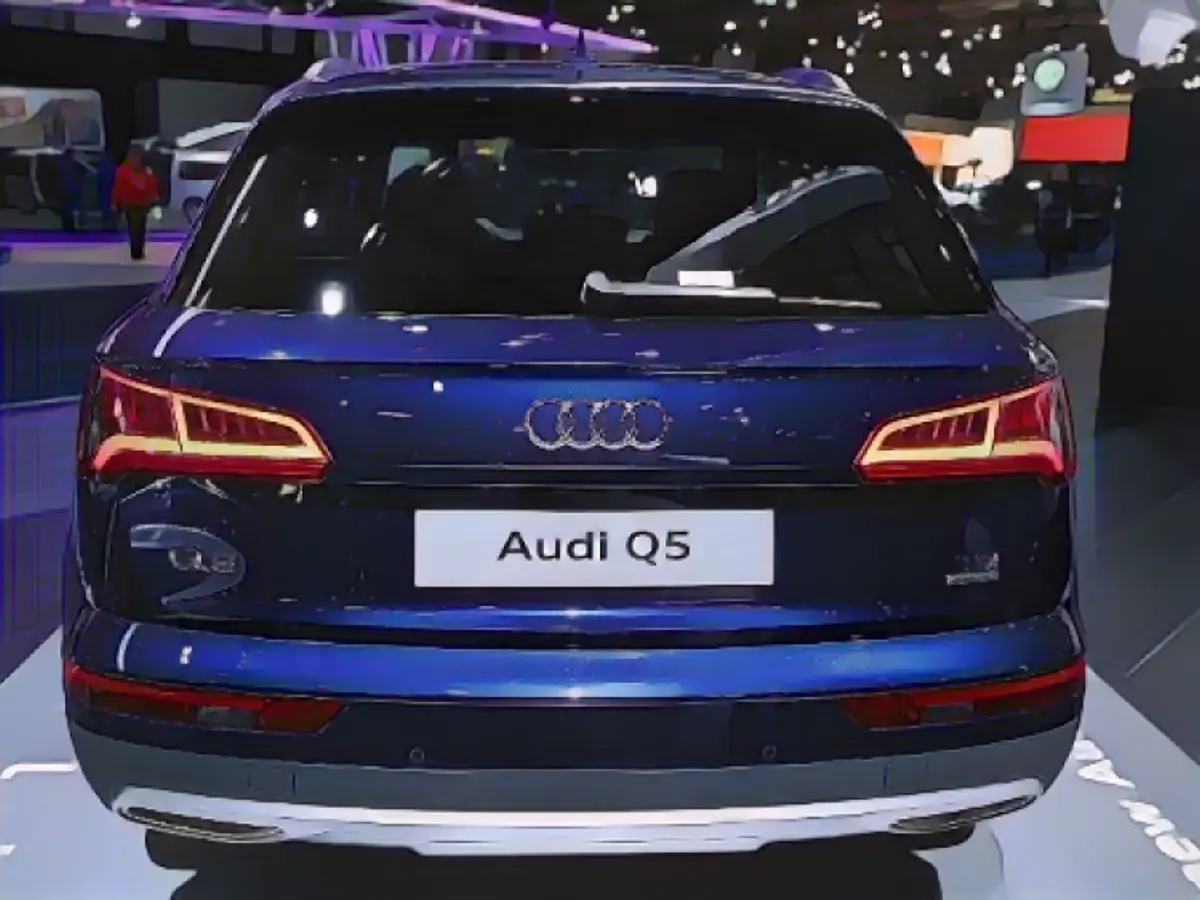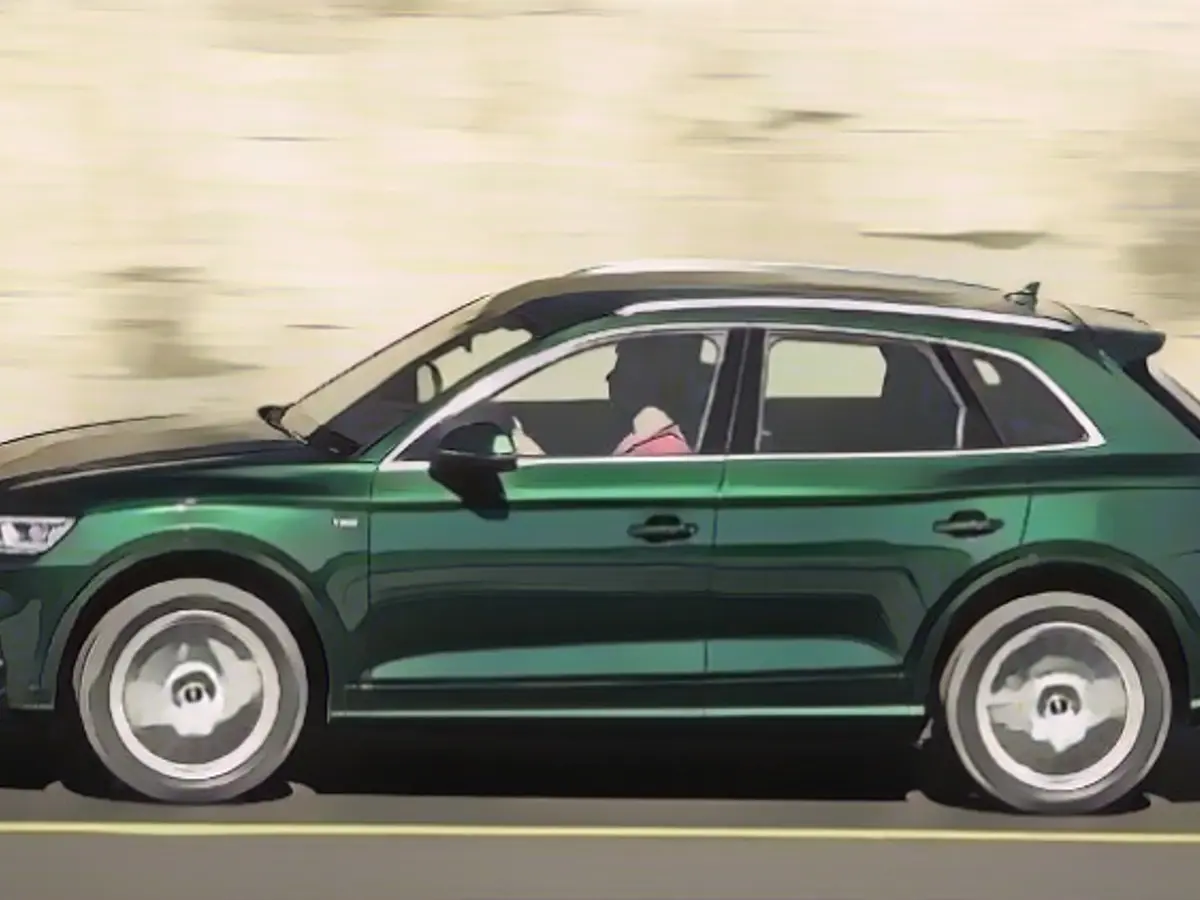Audi Q5 with TÜV "good to very good in all years"
The trade press calls the Audi Q5 "stable in quality"; the TÜV also rarely finds any defects during the general inspection. However, prospective buyers should also take a closer look at one group of components in this mid-size SUV.
Why does it sell better than any other Audi, as the ADAC reports on its website? One explanation is its class: SUVs are still a big hit. Another reason could be its quality, which rarely suffers even with high mileage: The Q5 impresses the TÜV with a "disproportionately high number of defect-free examples", writes the "Auto Bild TÜV Report 2024". However, one thing is surprising, especially for young models.
Model history
The first Q5 went on sale in 2008 as Audi's second SUV after the Q7. The second generation of the model series considered here was launched in 2017 and was updated in summer 2020. The changes: Modifications to the radiator grille, bumpers and lights, plus more powerful engines were added under the bodywork.
Bodywork and variants

Shortly after the facelift, the Sportback, i.e. the hatchback variant, went on sale in addition to the standard hatchback. Only the small diesel is also available with front-wheel drive instead of the standard all-wheel drive.
The sports models are preceded by an "S" in the name. Plug-in hybrid versions were also built with the abbreviation TFSI e, which combine petrol and electric motors.
Dimensions (according to ADAC)
- 4.66 to 4.69 meters x 1.89 meters x 1.63 to 1.66 meters (L x W x H)
- Trunk capacity: 500 to 1550 liters; hybrid: 465 to 1405 liters
Strengths
From sporty to smooth driving - the well-built Q5 can do both. In the main vehicle inspection (HU), its main strength is its inconspicuousness. The "Auto Bild TÜV-Report 2024" calls the SUV "an investment in a sustainable and largely carefree relationship" and cites: almost perfect brake function, durable brake lines and hoses, solid exhaust systems. Oil leaks are as rare as rust on the chassis, whose components also score well - but not all of them.
Weaknesses
This is because the SUV already has an increased defect rate at the second general inspection due to dilapidated axle suspensions and broken springs. And: even at the first check, there was increased wear on the brake disks. Rare, but it happens: Criticism of the rear lights.
Breakdown behavior
The ADAC makes it short with regard to its breakdown statistics: "The Q5 performs well to very well in all years." There are breakdowns, but according to the club, there are no major breakdowns. In the previous generation, models first registered in 2012 still had problems with the injection nozzles.
Engines
- Petrol engines (four and six-cylinder, all-wheel drive): 150 kW/204 hp to 260 kW/354 hp
- Diesel (four- and six-cylinder, front- and all-wheel drive): 110 kW/150 hp to 255 kW/347 hp
- Plug-in hybrid: 220 kW/299 hp and 270 kW/367 hp (system output)
Market prices (according to "DAT Marktspiegel" of Deutsche Automobil Treuhand with statistically expected kilometers)
- Q5 35 Sportback 2.0 TDI advanced (2022); 120 kW/163 hp (four-cylinder); 29,000 kilometers; 37,650 euros.
- Q5 50 2.0 TFSI e quattro basic (2021); 220 kW/299 hp (four-cylinder + electric motor); 39,000 kilometers; 39,400 euros.
- Q5 3.0 TDI basis quattro (2017); 210 kW/285 PS (six-cylinder); 110,000 kilometers; 27,850 euros.
Read also:
Despite the popularity of SUVs in the market, some components in the used Audi Q5 might require closer inspection due to higher rates of dilapidated axle suspensions and broken springs. Prospective buyers might find value in exploring used Audi models, such as the Audi Q5, which consistently perform well in TÜV inspections, even with high mileage, and are often defect-free, as reported by "Auto Bild TÜV Report 2024". Additionally, interested buyers might consider purchasing a used Audi SUV, like the Q5, which can be found with TÜV certification, ensuring they are driving a vehicle that passed inspections with 'good to very good' ratings, like this specific Audi Q5 model.
Source: www.ntv.de








